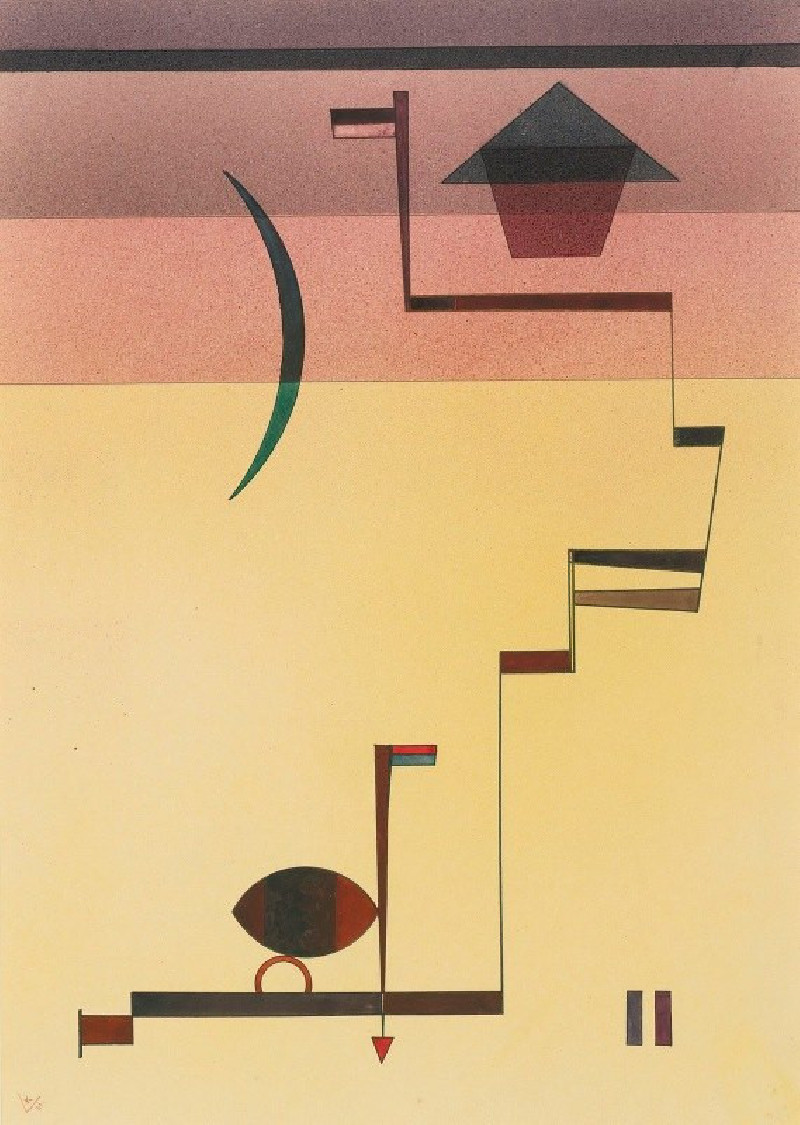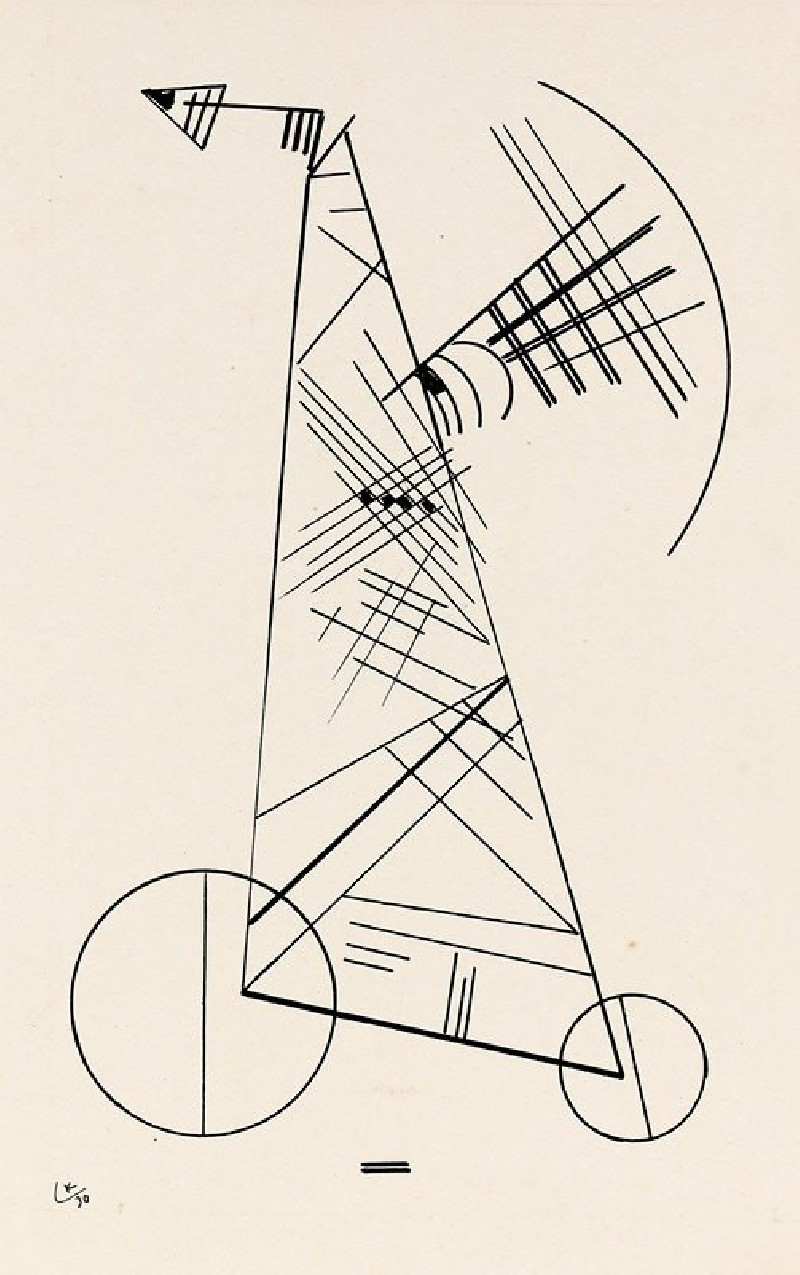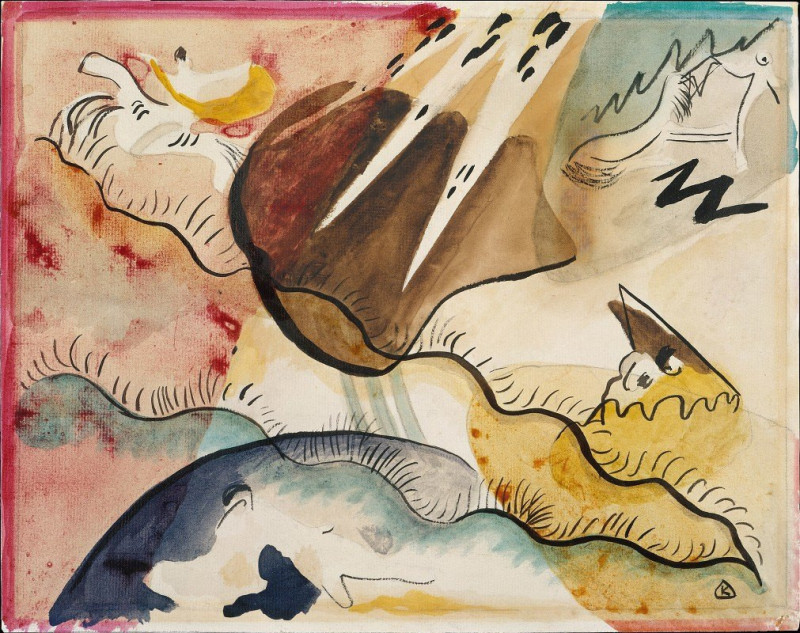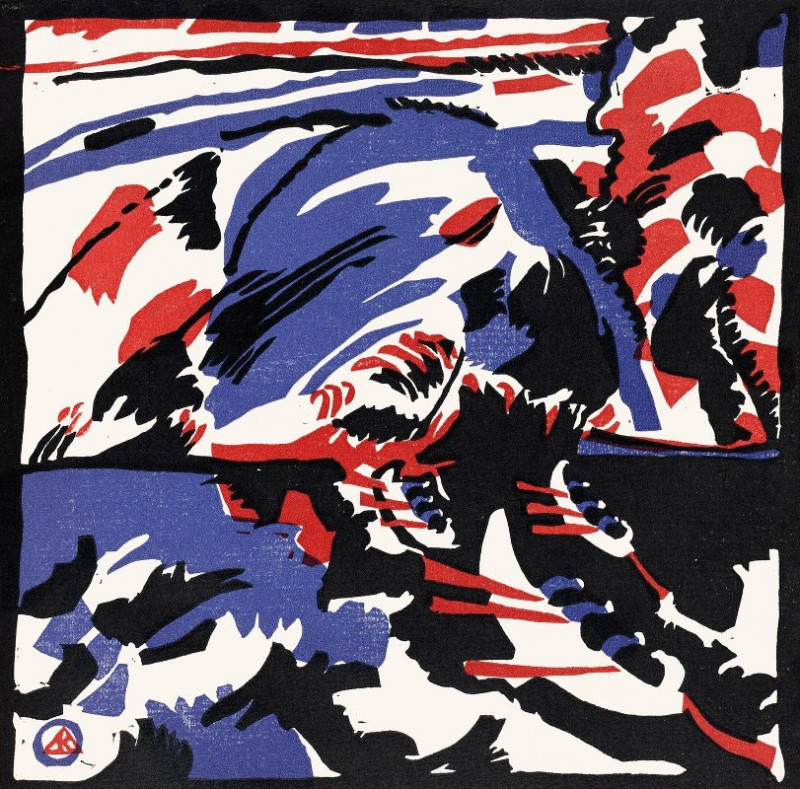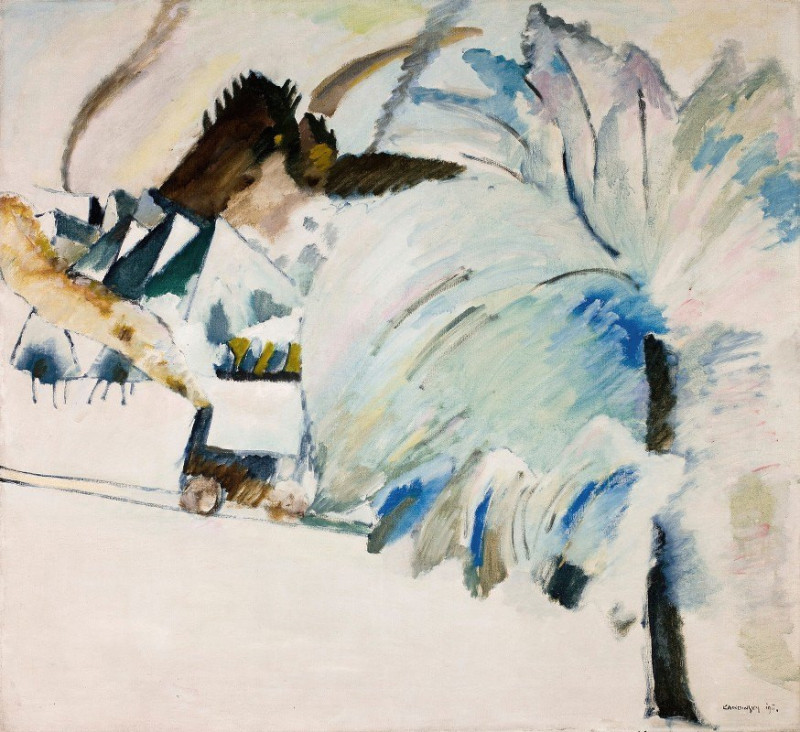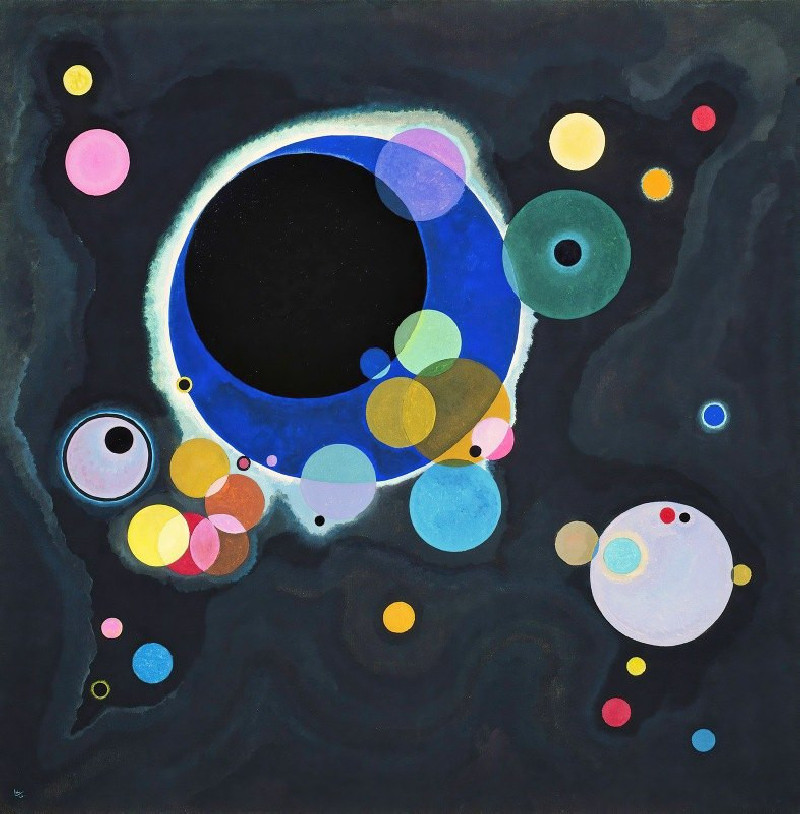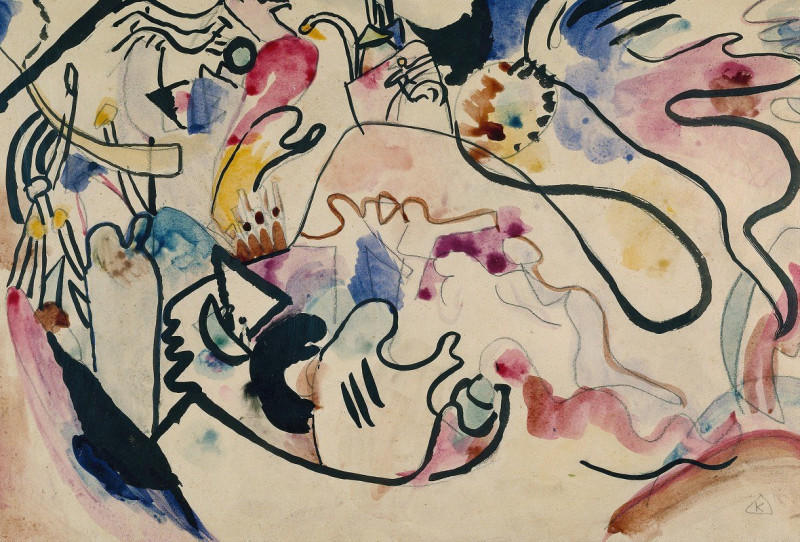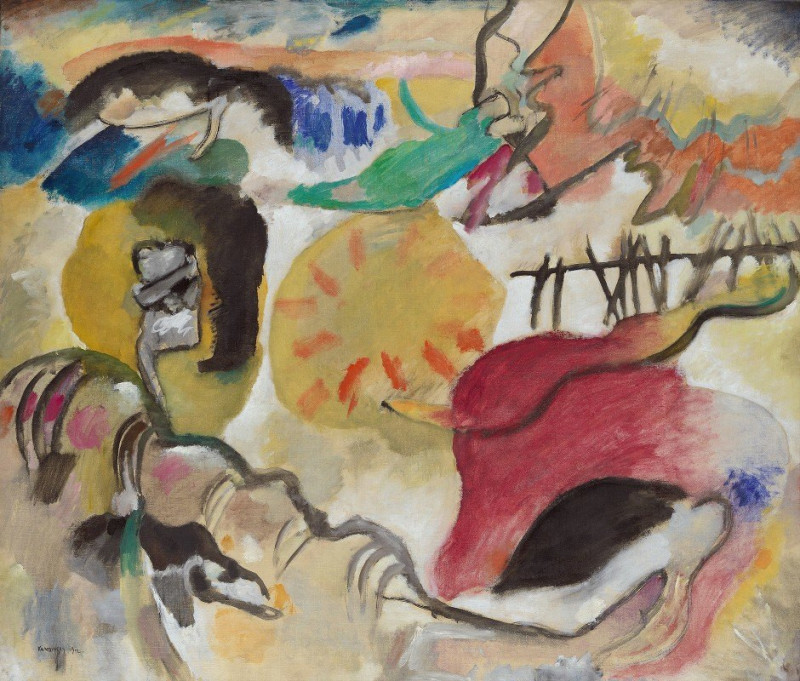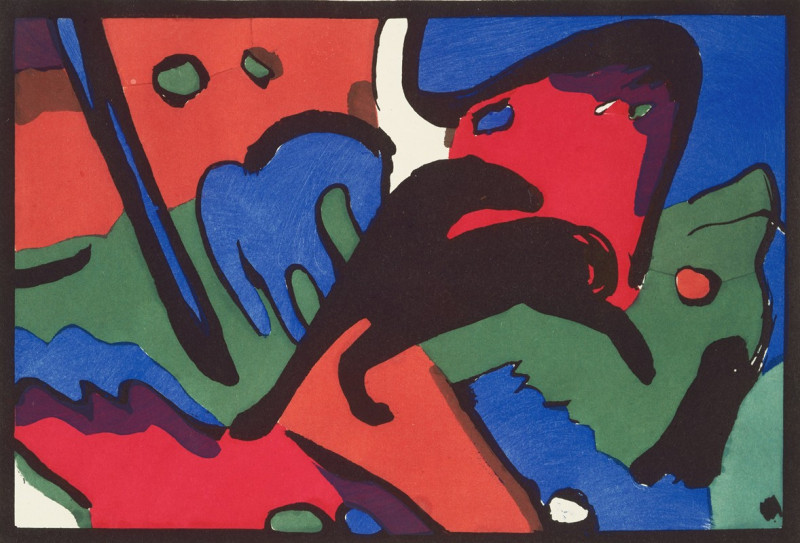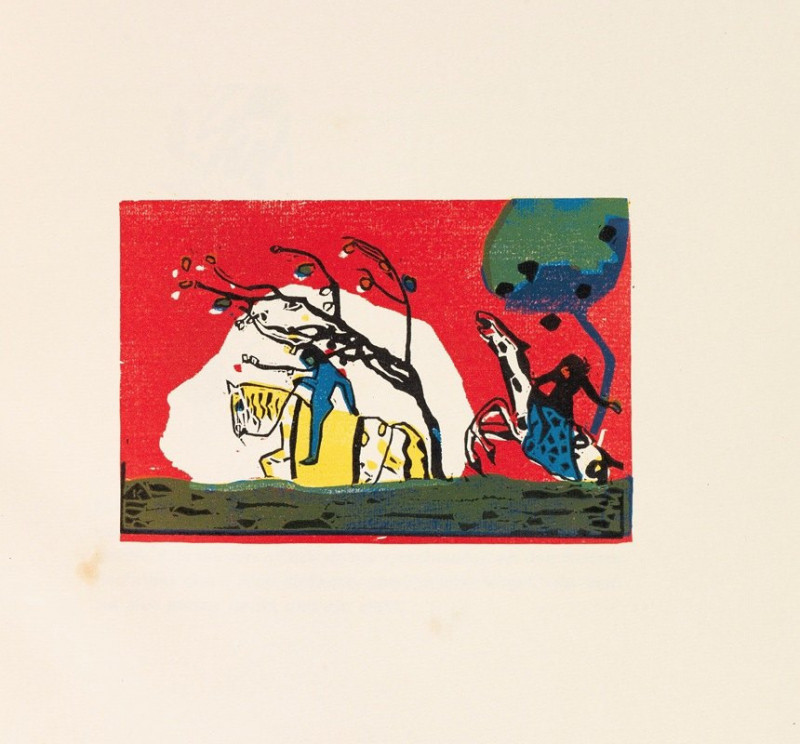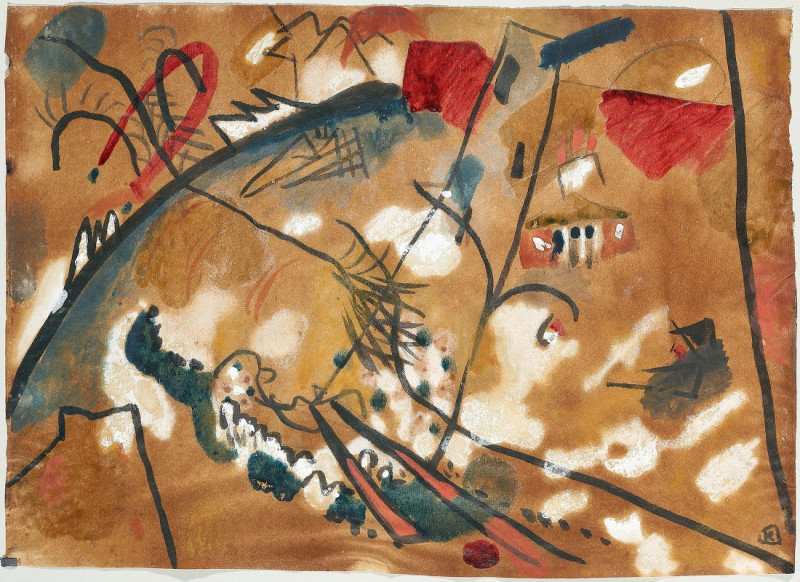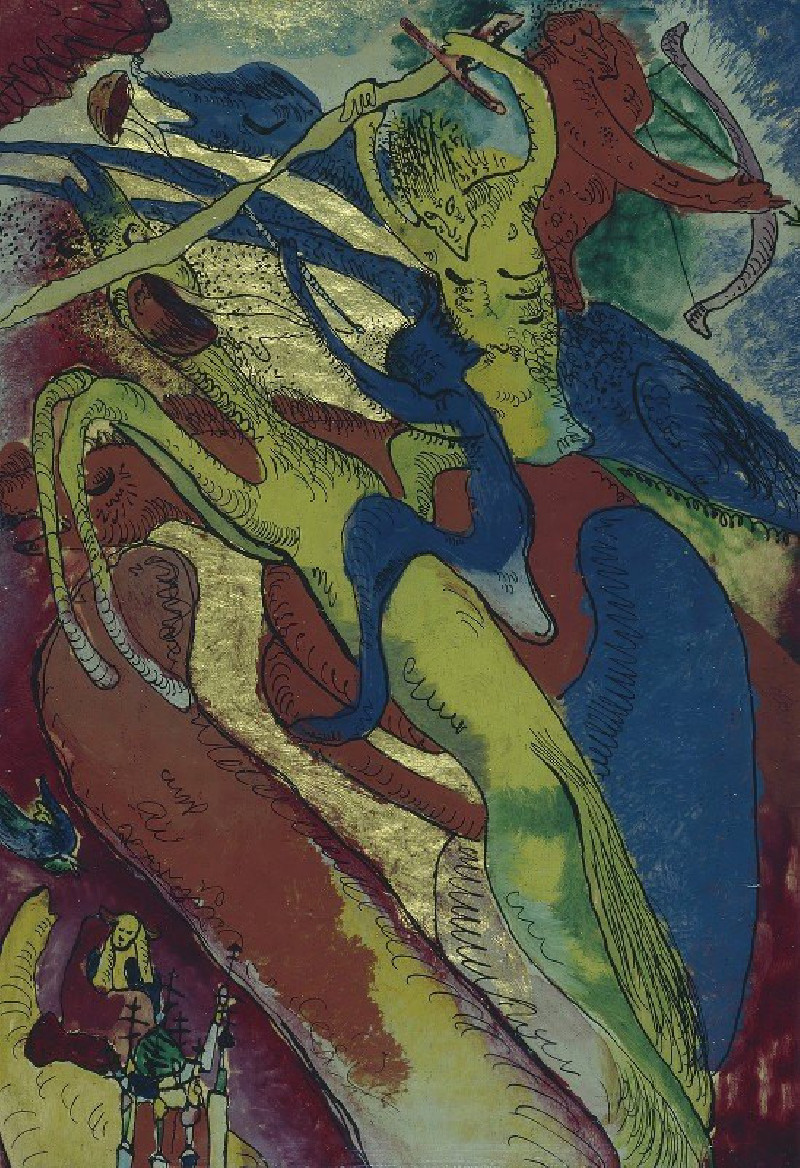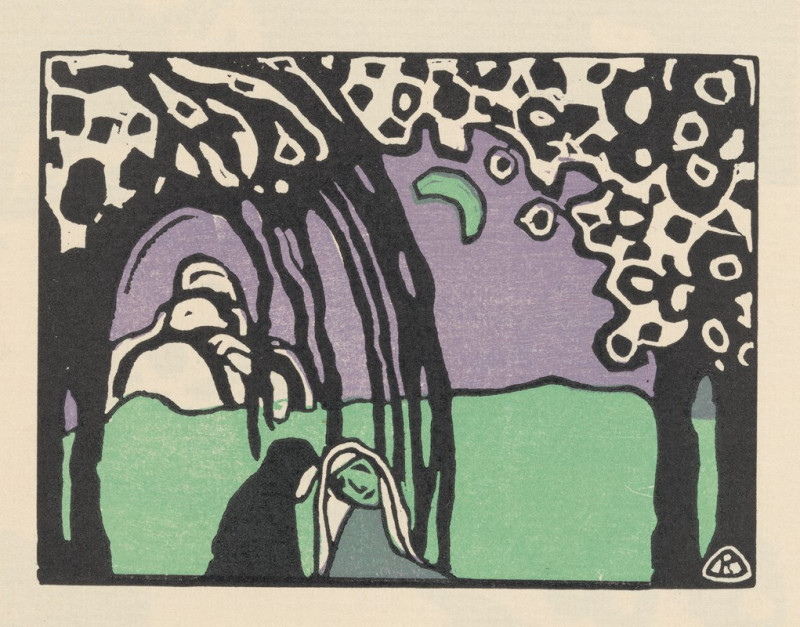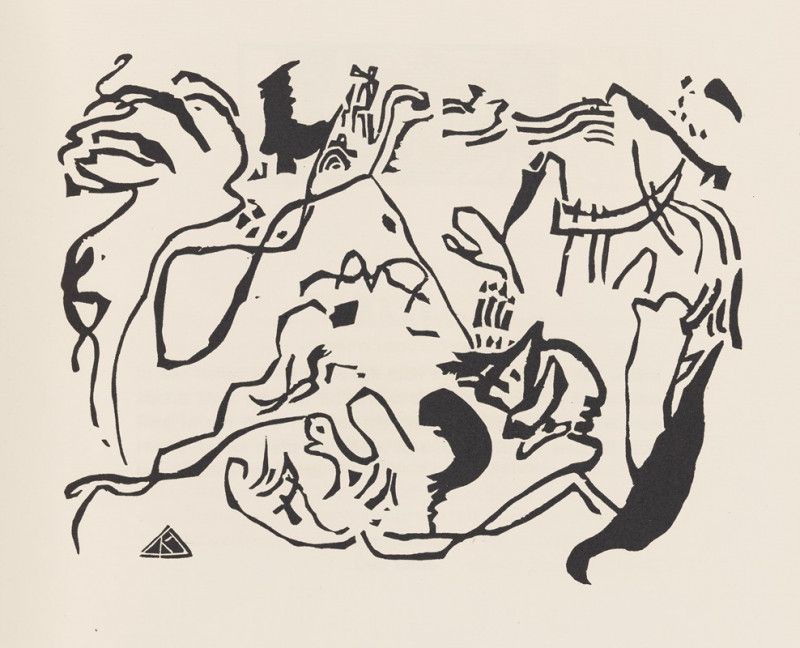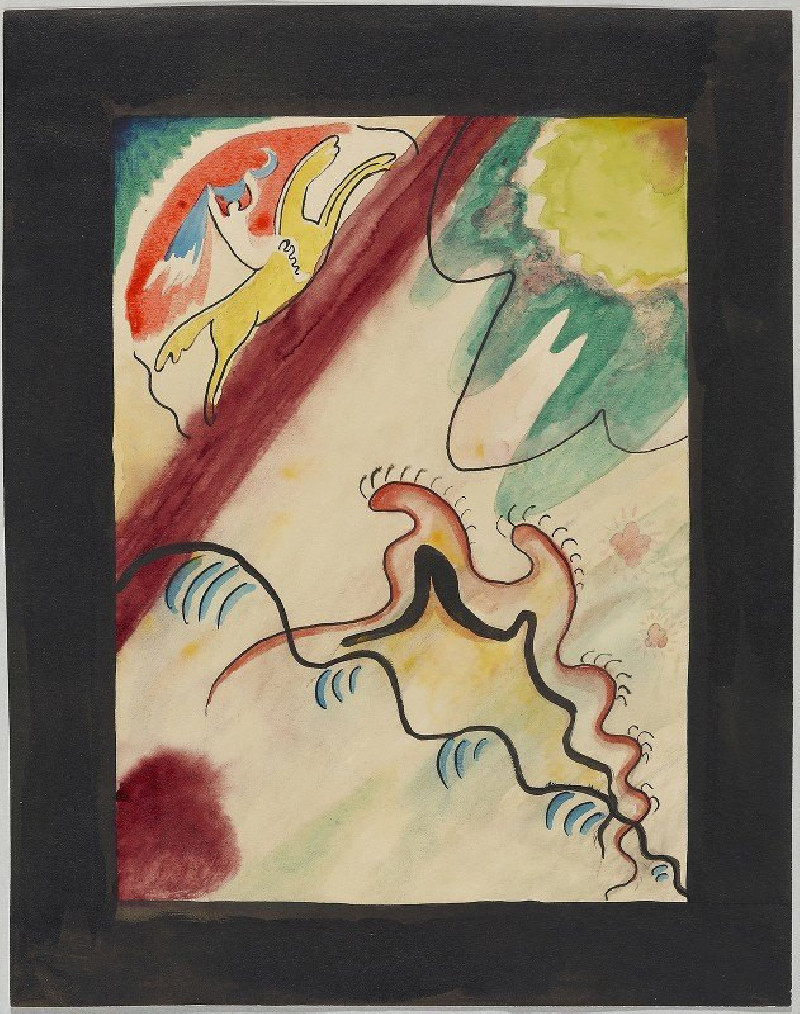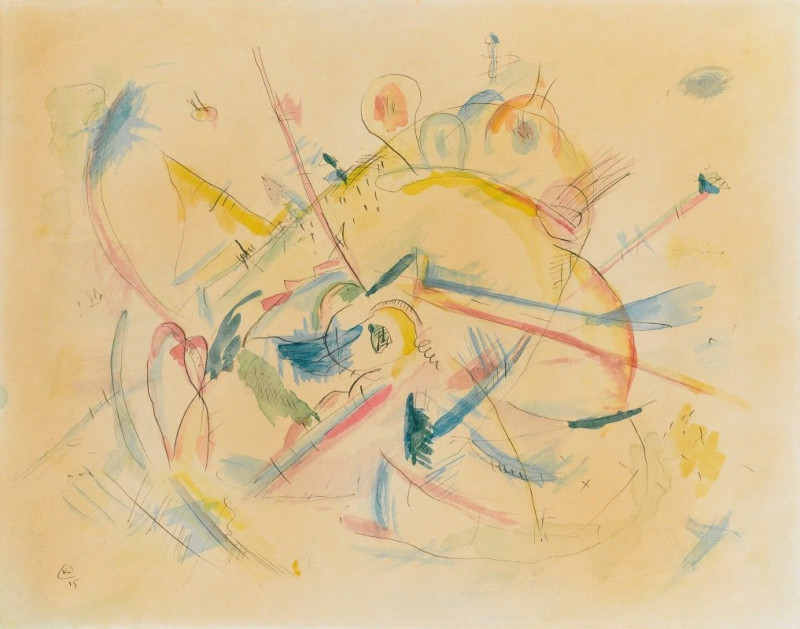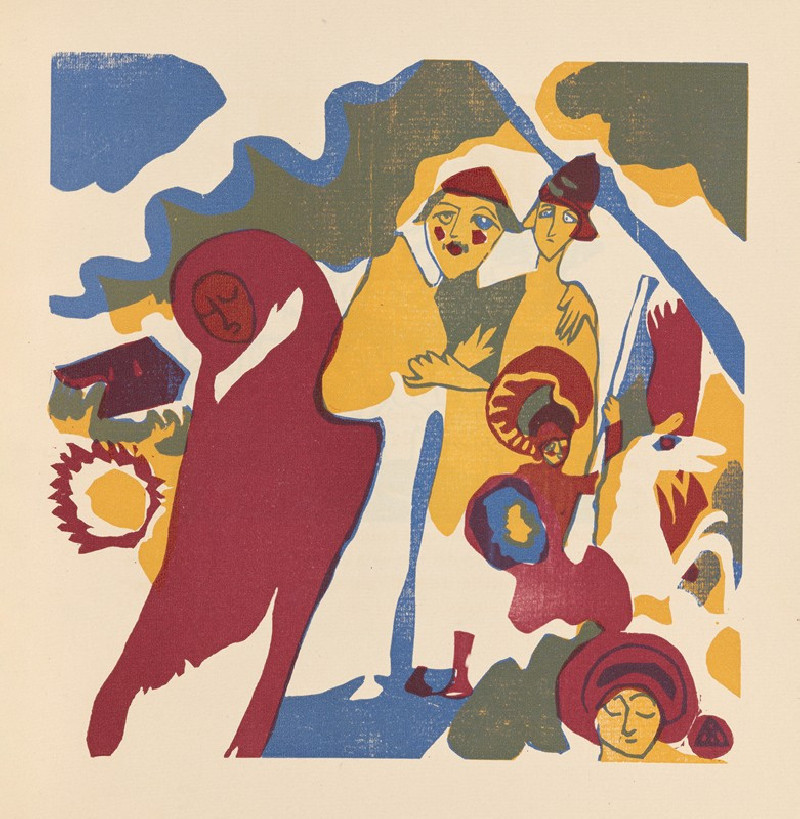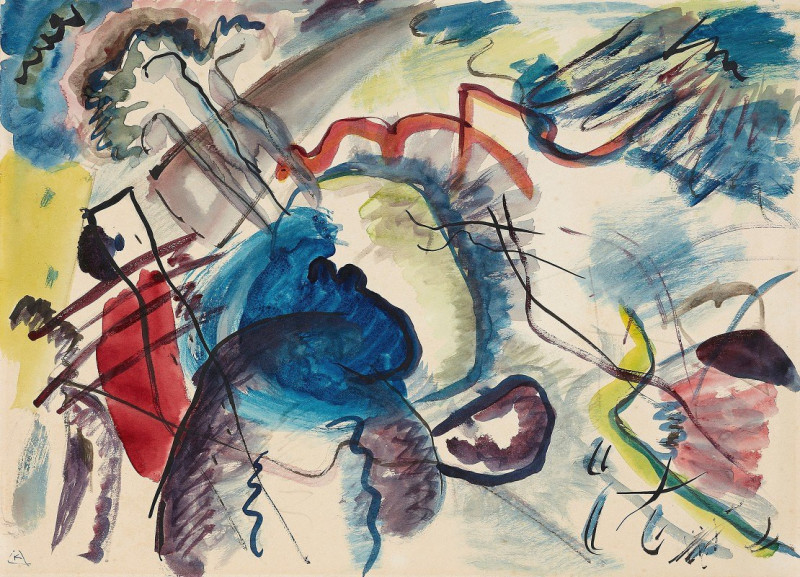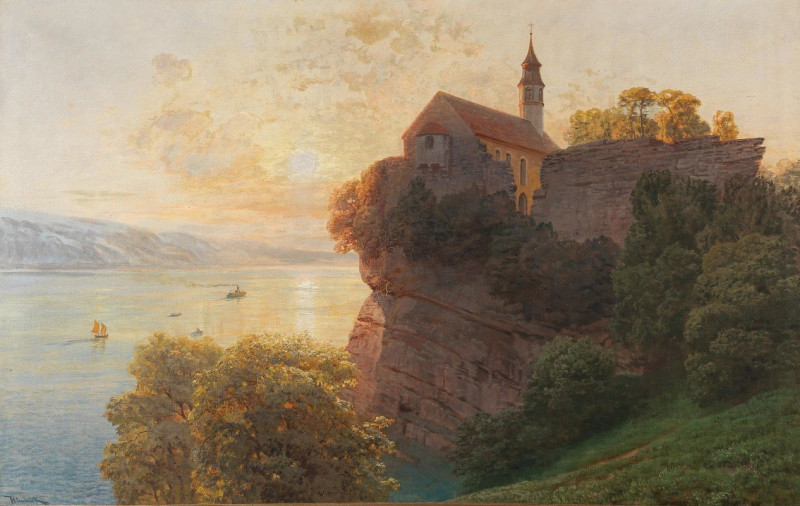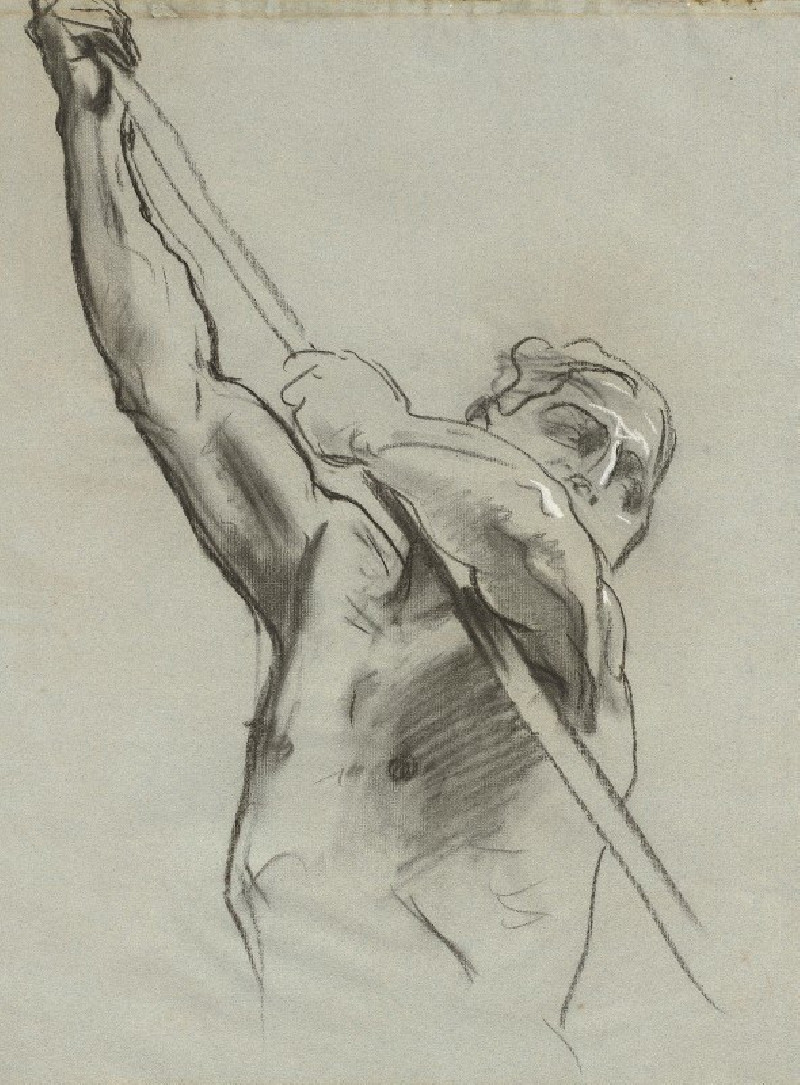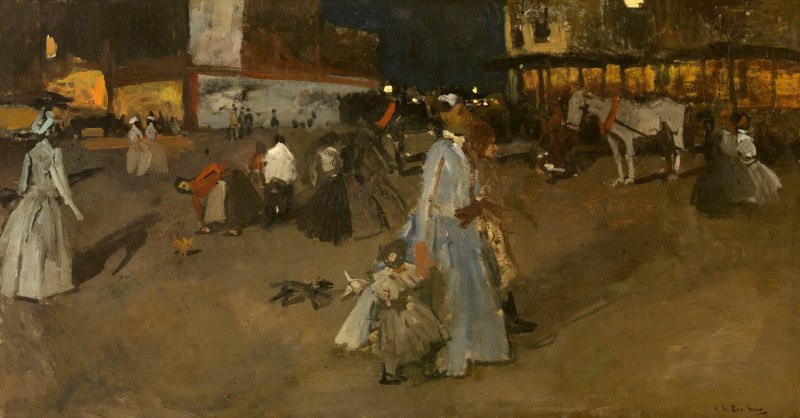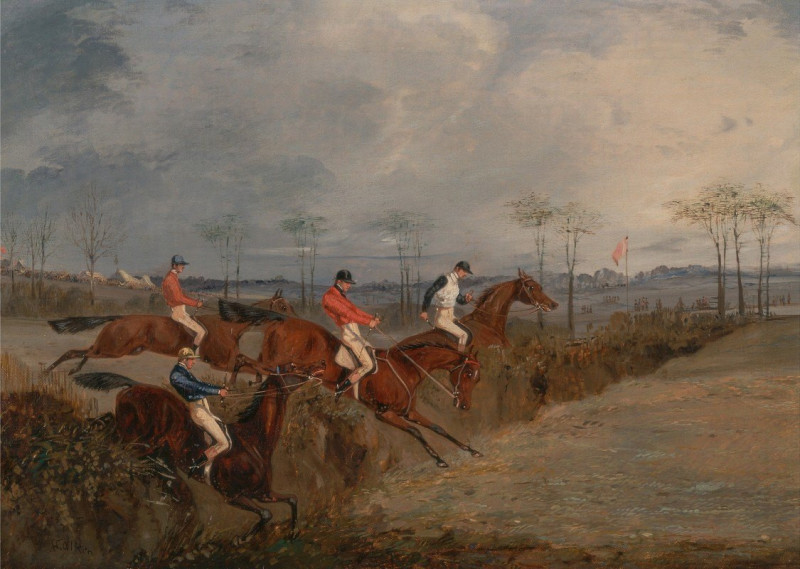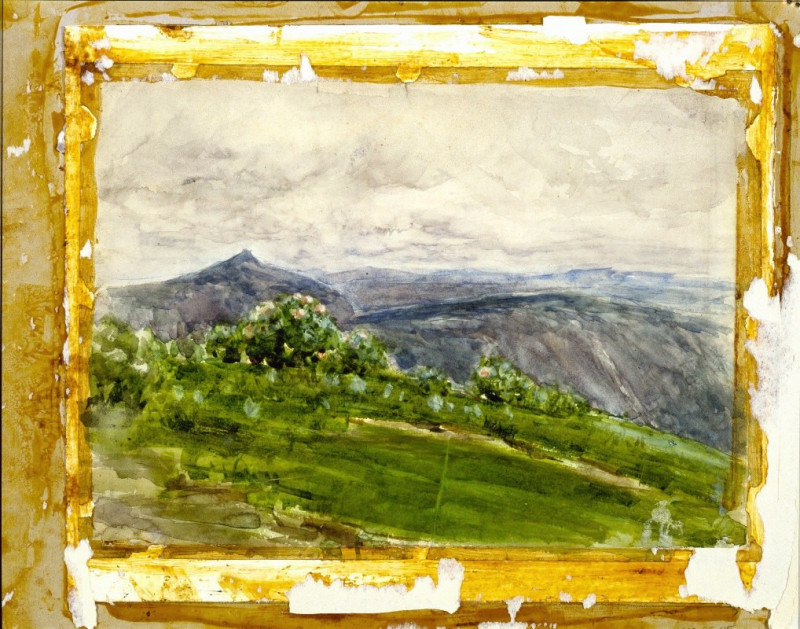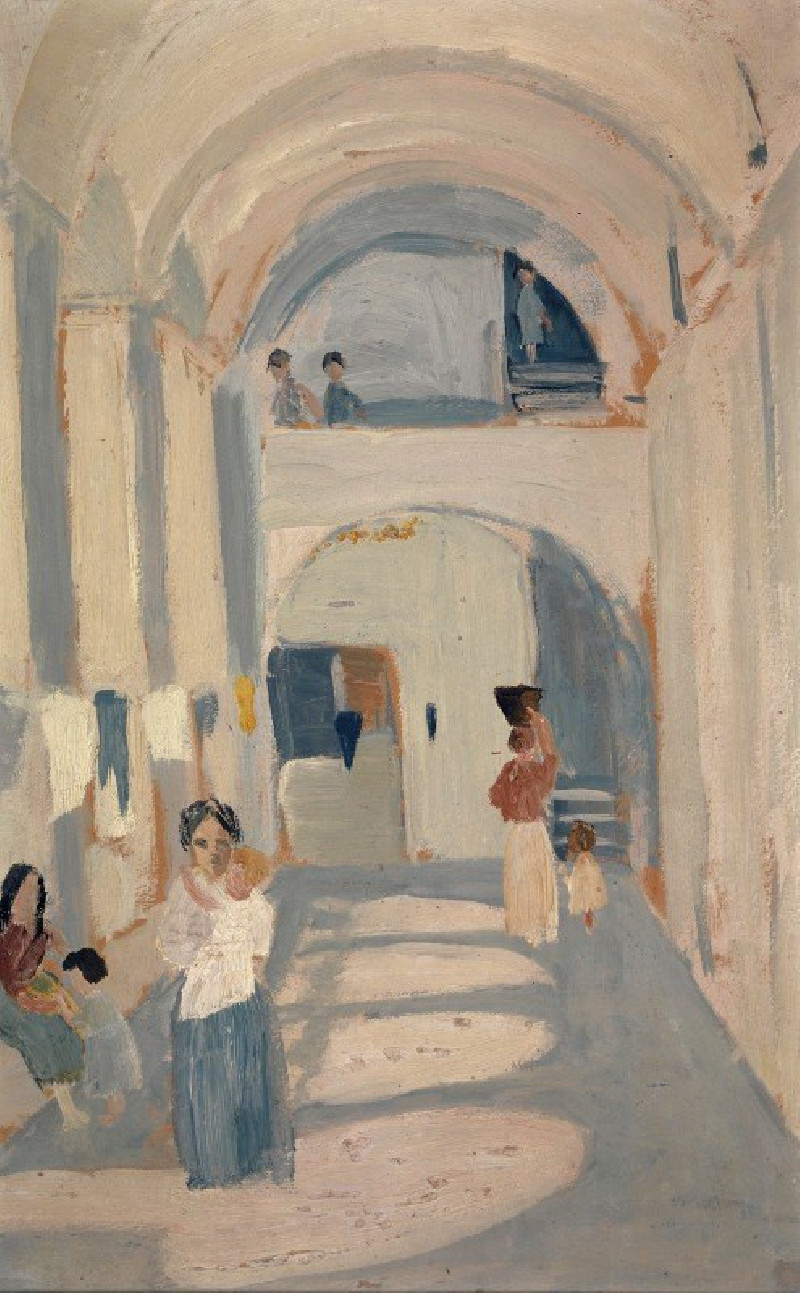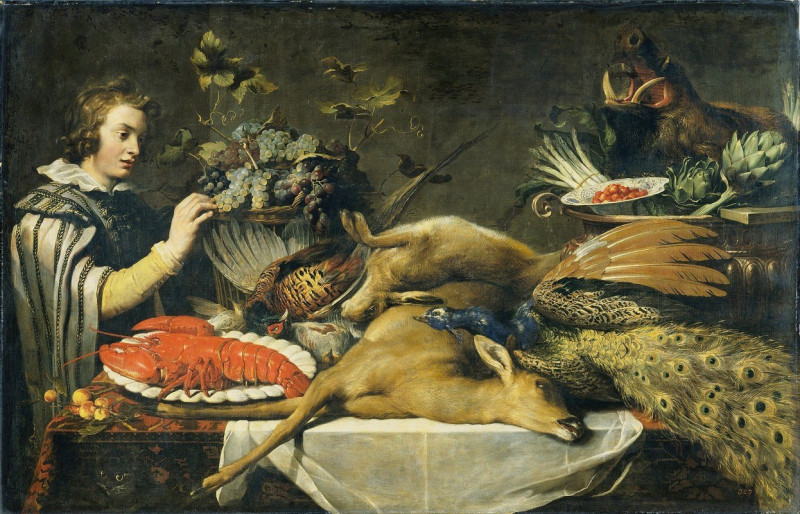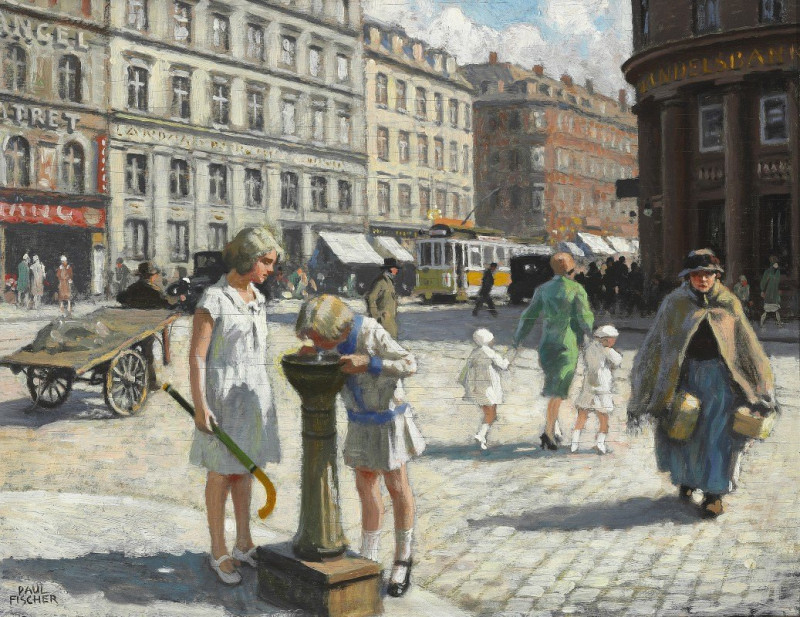Eckig (Angular) (1931)
Technique: Giclée quality print
Recommended by our customers
More about this artwork
"Eckig" (1931) by Wassily Kandinsky is a captivating example of abstract art that balances shapes and colors to create a dynamic visual experience. In this painting, Kandinsky employs a variety of geometric forms, including triangles, rectangles, and lines, arranged in a seemingly floating composition against a gradated background that transitions from dark rose at the top to a creamy yellow at the bottom.The painting features a main vertical zigzag line that acts as a sort of backbone, connecting a series of elements. At the top of the composition, a flat black triangle sits atop a simple house-like structure, hinting at a sense of order or a foundational base. Below this, the zigzag line dramatically cuts through the space, directing the viewer's gaze downward through various geometric interactions.Notably, the use of color is more muted compared to Kandinsky's more vibrantly colored works, but here he employs subtle gradients and elemental contrasts enhancing the composition’s depth and the relationships among the shapes. For example, a small green crescent moon near the top adds a burst of color contrast, while small rectangles and flags in red, blue, and dark tones further punctuate the piece.Each element in "Eckig" seems carefully considered to contribute to an overall balance and tension within the piece, perhaps reflecting Kandinsky's interest in music and his attempt to visually harmonize similar concepts.
Delivery
Returns
Wassily Wassilyevich Kandinsky was a Russian painter and art theorist. Kandinsky is generally credited as the pioneer of abstract art. Born in Moscow, Kandinsky spent his childhood in Odessa, where he graduated at Grekov Odessa Art school. He enrolled at the University of Moscow, studying law and economics. Successful in his profession—he was offered a professorship (chair of Roman Law) at the University of Dorpat today Tartu, Estonia)—Kandinsky began painting studies (life-drawing, sketching and anatomy) at the age of 30.

